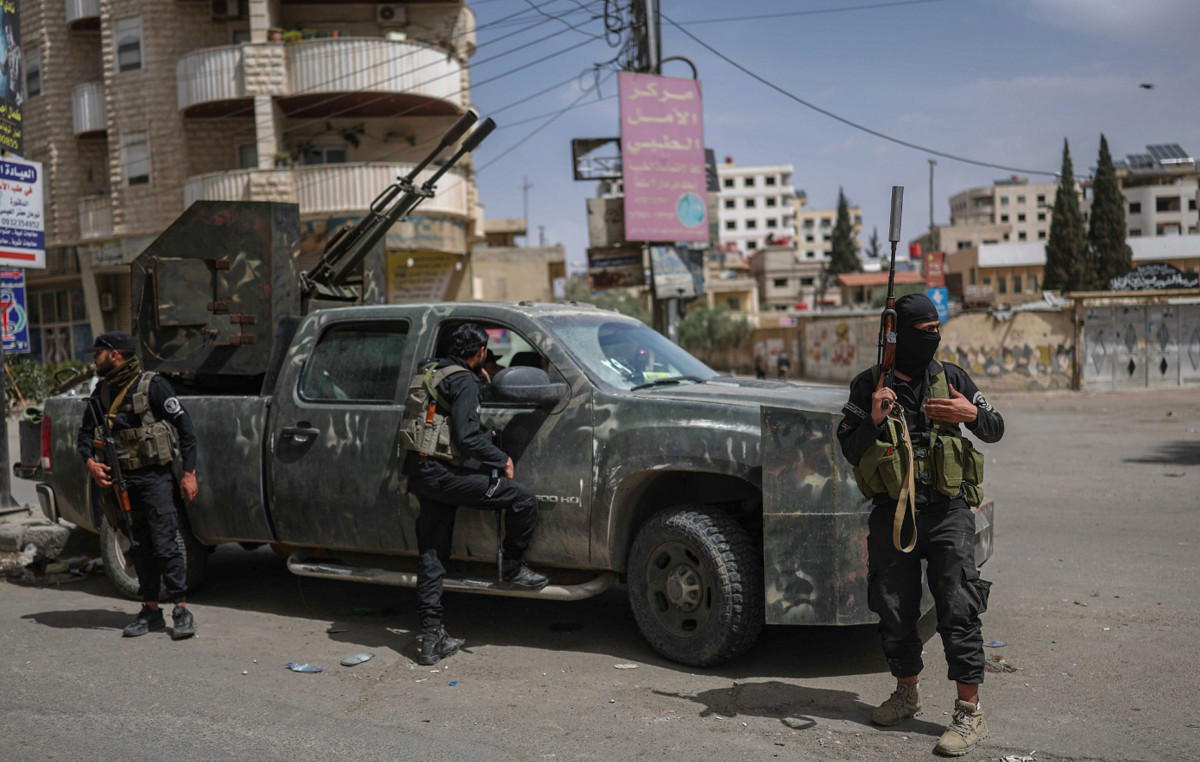The city of Petrópolis, in the mountainous region of Rio de Janeiro, triggered the municipal contingency plan for heavy rain, after the floods on Tuesday (15). The summer 2022 plan, in effect since December last year, has warning sirens installed in 18 regions.
In order to avoid tragedies such as the one affecting the municipality at the moment, only four neighborhoods, however, are equipped with such sirens: Quitandinha, Valparaíso, Alto da Serra and Bingen.
In November of last year, the city hall had already informed the CNN that approximately R$ 2 thousand were invested, in areas that do not have the equipment, for the purchase of 16 whistles, raincoats, flashlights and vests. In urgent situations, these materials are intended for Civil Defense volunteers. This group is responsible for signaling to residents when there are risks of accidents.
Developed by the Municipal Department of Civil Defense and Voluntary Actions, the plan also defines the responsibilities of each official body in cases of emergencies caused by natural disasters. The document defines what must be done in terms of relief, assistance and rehabilitation. The project remains in operation until the month of March.
Leandro Torres, professor at the Polytechnic School of the Federal University of Rio de Janeiro (UFRJ), draws attention to the origins of the problem. “It’s not a totally natural disaster, because of the human component. More than the hydrological point of view, for example, there is the action of people, who occupy inappropriate places. So we say it is a sociocultural disaster,” he explains.
The specialist in Emergency and Disaster Management at UFRJ highlights that new contingency strategies need to be developed as soon as possible.
“In my understanding, good practices have already been successfully tested and implemented, but a more general approach is lacking. The concept of the plan should be expanded. Critical housing areas were prioritized, so the sirens are in communities that are at risk of landslides. The 2011 disaster showed the vulnerability of the public that lives in these places”, he recalls.
The incident in question took place in January 2011 and is considered the greatest climate tragedy in the country’s history, with developments to this day. At the time, the Petropolitans faced intense rain, with landslides and floods, which left more than 900 dead throughout the Serrana Region.
For the environmental engineer, in addition to the worrying points, other central locations should be considered, even though they are considered less important at first.
“The example of the communities showed that the plan works. Now, the rest of the population needs to know when they are entering an area at risk. In this way, citizens themselves help to protect them,” she says.
“Many times, people are on the street and there is a flood. They did not receive advance notice of the emergency, because they were not in these communities,” she adds.
The professor understands that it is necessary to increase investments in training and preparation. “Civil Defense has to be able to access people in different ways. These are scenarios in which you have to work with redundancy of measures”, he warns.
“There are a multitude of preventive measures, such as engineering works and school plans. But to avoid deaths in situations like this, we have to invest in a community response system,” he argues.
The specialist emphasizes the use of technology as an ally in these moments. “Alarms and signs help, but bigger alerts need to be made to reach more people. A reach through individual cell phone messages, for example, is desirable. Articulate the crossing of information through applications, to know where the population is circulating”, he points out.
Leandro Torres also explains that the plan must be clear what needs to be done by the population when the volume of water starts to rise above normal. “Support points, escape routes and emergency and temporary shelters in public and private buildings are some of these examples. It is necessary to think not only about who lives or works physically in these places, but also who is occasionally in transit”, he concludes.
Source: CNN Brasil







